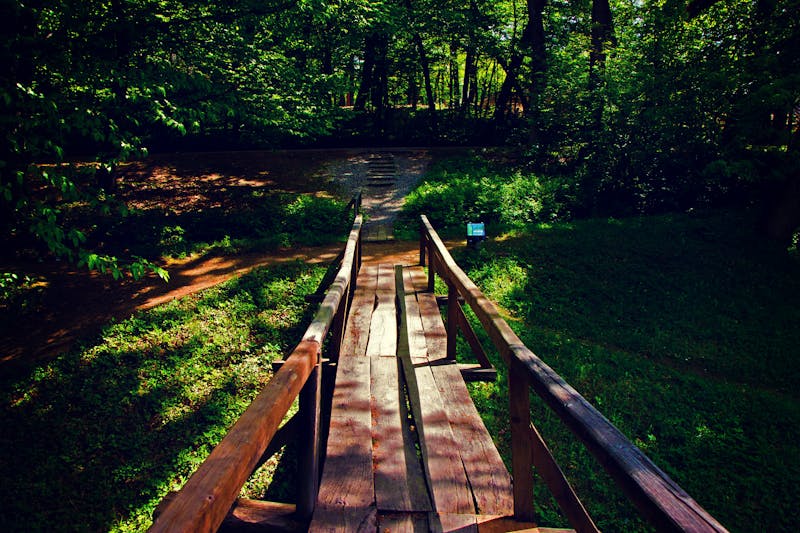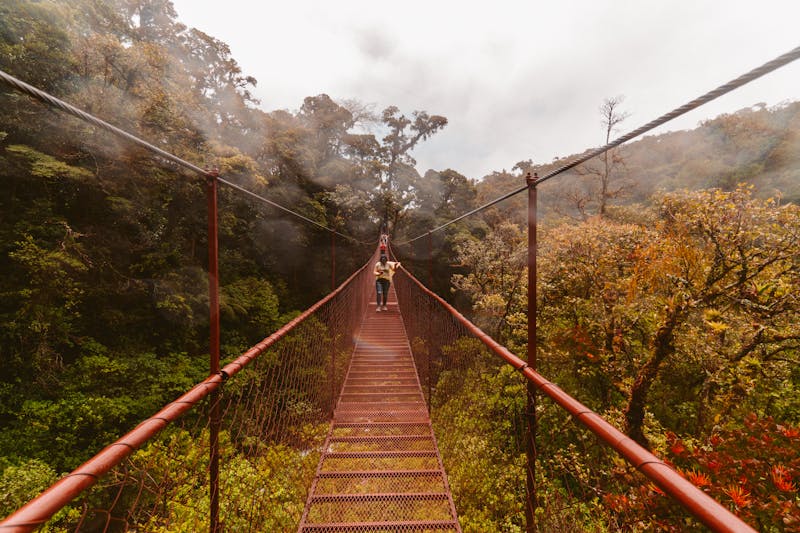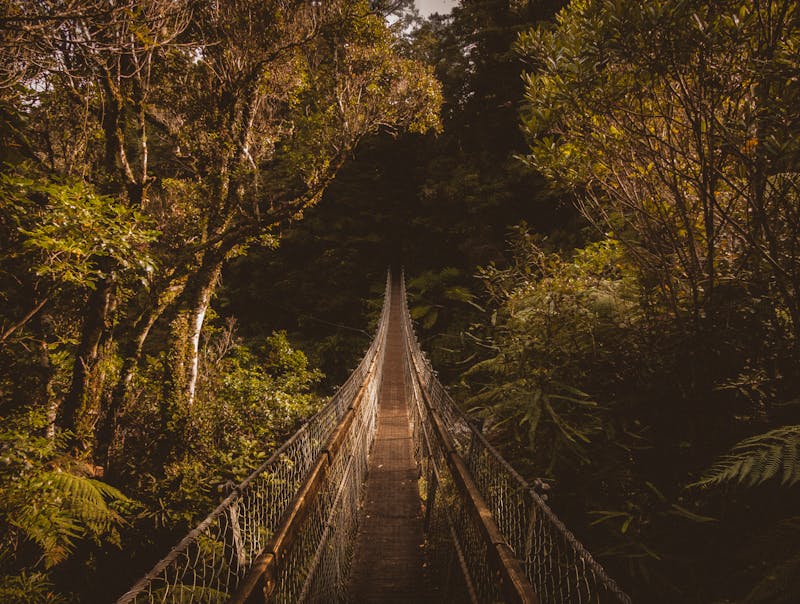The Enchanting Views of Wooden Bridges: A Journey to the Heart of Nature
The charm of wooden bridges is undeniable, especially when they are nestled in the heart of nature. These bridges are a testament to human ingenuity and how we can build structures that blend in with the surrounding landscape, while providing safe passage over natural obstacles. In this blog post, we'll take a journey to explore the breathtaking views of wooden bridges, and delve into the beauty of the natural world they connect us to.
The Beauty of Wooden Bridges
Wooden bridges have been around for centuries and have been an essential part of our infrastructure for transporting goods and people. But beyond their utilitarian function, wooden bridges also hold a distinct aesthetic value that has been admired by artists, poets, and nature lovers alike. The texture of the wood, the smell of the forest, and the sound of water rushing underneath create a symphony of sensory experiences that leave a lasting impression.
One of the reasons why wooden bridges are so fascinating is because of the way they are built. They often blend in with the surrounding environment, almost as if they have grown out of the landscape itself. The use of natural materials like wood and stone enhances this effect, creating a harmony between the man-made structure and the natural world around it.
The Advantages of Wooden Bridges
Wooden bridges have many advantages over other types of bridges, such as concrete or steel. One of the most significant advantages is that they are environmentally friendly. The use of natural materials means that the bridge has a lower carbon footprint, making it a sustainable option.
Another advantage of wooden bridges is that they are durable. Wood is a resilient material that can withstand heavy loads and harsh weather conditions, making it an excellent choice for bridges that need to last a long time. Wooden bridges can also be designed to fit any terrain, which means they can be used in a variety of locations, including hilly or mountainous areas.
The allure of wooden bridges is also due to their low maintenance costs. Unlike other bridges that require regular inspections and repairs, wooden bridges are relatively easy to maintain. The wood can be treated to resist rot and insects, which means that it can last for decades without requiring extensive repairs.
The Natural World of Wooden Bridges
One of the most remarkable things about wooden bridges is the way they connect us to the natural world. When we walk on a wooden bridge, we become a part of the landscape. We can see the forest floor, the rushing water, and the trees towering above us. We are enveloped by the sounds and scents of nature, which awaken our senses and bring us into the present moment.
Wooden bridges are also an essential part of the ecosystem. They provide habitats for a variety of wildlife, including insects, birds, and small mammals. The wood of the bridge can become a natural habitat for moss, lichen, and fungi. This creates a self-sustaining environment that supports the natural world and helps to maintain the balance of the ecosystem.
Exploring the Views of Wooden Bridges
Now that we have explored the beauty and advantages of wooden bridges, let's take a journey to explore the enchanting views they provide. From Japan's iconic wooden bridges to the rustic charm of the Appalachian Trail, wooden bridges offer a unique perspective on the natural world.
Japan's Wooden Bridges
Japan is famous for its wooden bridges, which are an integral part of its culture and history. The most well-known wooden bridge in Japan is the iconic Togetsukyo Bridge in Kyoto. This bridge was first built in the 9th century and has been rebuilt several times throughout history. It spans the Katsura River and is surrounded by stunning cherry blossom trees, making it a popular spot for tourists and locals alike.



Hiç yorum yok: